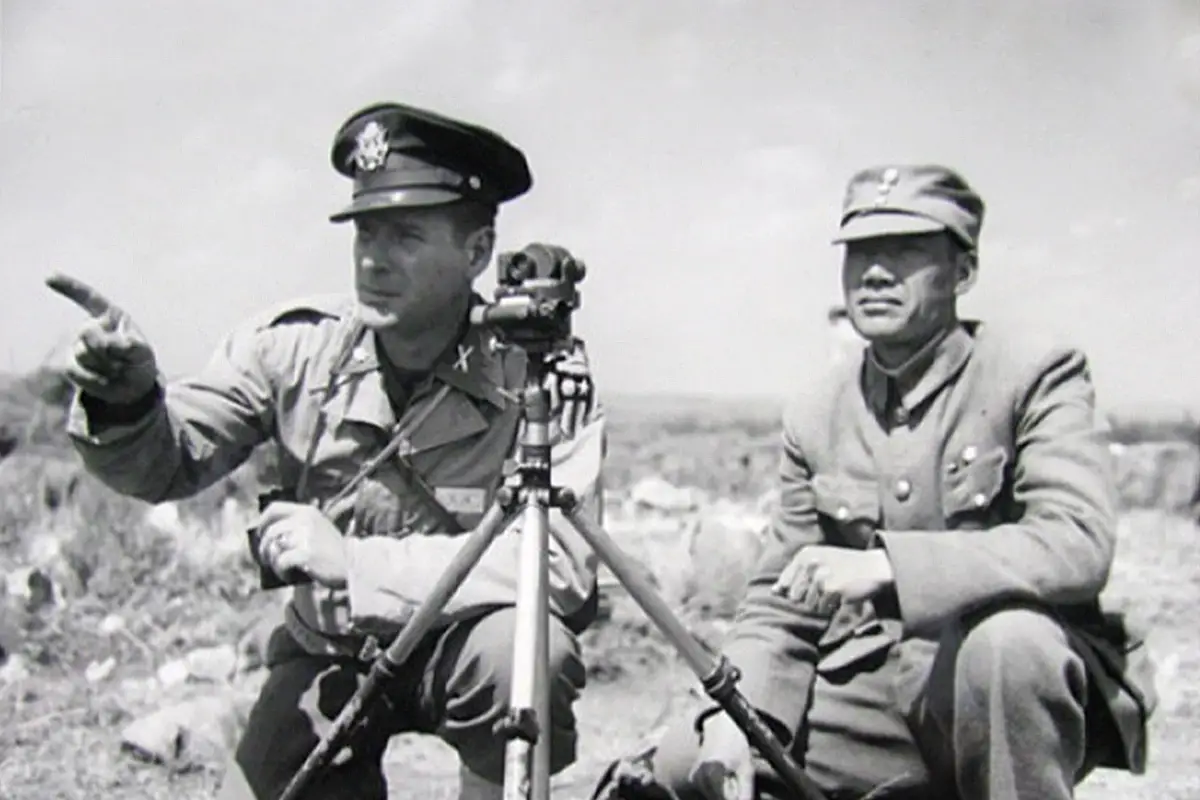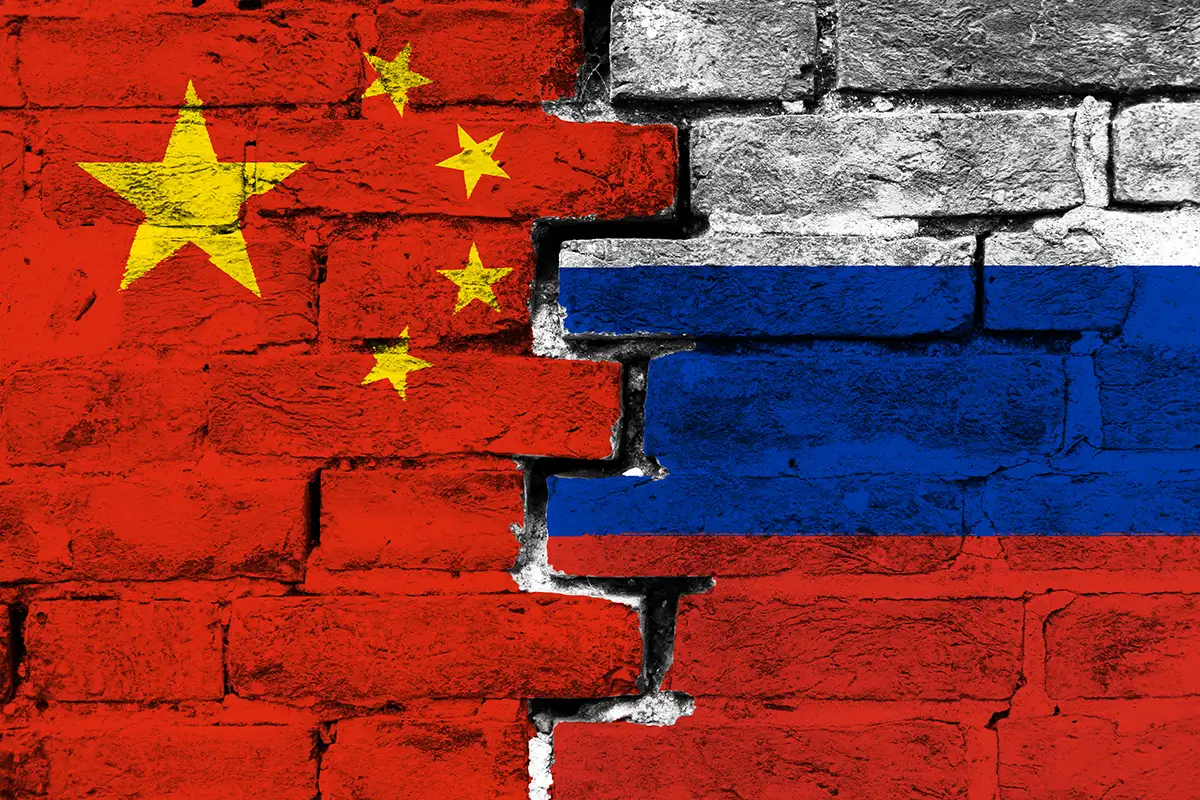On October 22, a new cohort of leaders responsible for overseeing all aspects of China's governance was announced at the close of the Chinese Communist Party's (CCP) 20th National Congress. Among the 205 members named to the CCP's 20th Central Committee were a small group of military officers who will guide the People's Liberation Army (PLA) through its next five years of modernization. By 2027 — the PLA's centenary — the force is required to make progress in dozens of tasks outlined in paramount leader Xi Jinping's National Congress report, which include consolidating party loyalty and upgrading capabilities for high-tech joint operations. By examining the newly selected leaders of China's Central Military Commission (CMC), their backgrounds and professional competencies, we can better understand how they may influence the trajectory of the PLA's development over the next five years.
What is China's Central Military Commission?
The CMC is the highest-level authority over China's armed forces, which comprise the PLA, the paramilitary People's Armed Police (including the China Coast Guard), and militia. The CMC is responsible for the armed forces' "overall administration" and exercises direct control over China's nuclear forces. Subordinate to the CMC are (1) the PLA's five geographic theater commands, which exert operational control over conventional units and prepare for contingencies; and (2) PLA services and forces, which man and equip combat and support units.
The CMC is led by a small group of individuals — typically the civilian chief and all uniformed general and flag officers — chosen every five years at the CCP National Congress. They serve in three main roles:
- The chairman of the CMC exercises ultimate decision-making authority on all important defense and military matters. The CMC chairman typically serves concurrently as general secretary of the CCP and president of the People's Republic of China (PRC). Xi Jinping has served as CMC chairman since 2012.
- The two top-ranked uniformed officers in China's armed forces are the vice chairmen of the CMC. Occasionally, the CMC includes a civilian vice chairman. (Both Xi Jinping and his predecessor, Hu Jintao, served for two or more years as civilian vice chairmen prior to assuming chairmanship.)
- Several senior military officers serve as members of the CMC. These individuals are an organizational grade below the vice chairmen and are typically responsible for leading an important central defense or military organization, such as the CMC Joint Staff Department.
The composition of the CMC leadership is not set in stone. It has fluctuated over the years in total number of leaders, their functional backgrounds and the services they represent. The selection of these individuals at each party congress — an opaque process — is likely based on a variety of calculations. Chief among them is ensuring that CMC leaders can be trusted to maintain PLA loyalty to the CCP, and especially to the general secretary. China's military is an armed wing of the party, not the state. In addition, selection criteria probably include operational and technical competencies that party leaders believe are necessary to drive progress in military reforms and modernization.
Who's on the new Central Military Commission?
The table below provides an overview of CMC leadership during the CCP's 19th Central Committee (2017—2022) and 20th Central Committee (2022—2027). In the 2022 transition, four leaders retained their membership (indicated below by green arrows), while three officers were newly selected to CMC leadership (denoted by yellow stars).
| 19th CCP Central Committee (2017—2022) | 20th CCP Central Committee (2022—2027) |
|---|---|
 Xi Jinping
CMC Chairman (since 2012) Concurrently CCP General Secretary (since 2012), PRC President (since 2013) |

 Xi Jinping
CMC Chairman (since 2012) Concurrently CCP General Secretary (since 2012), PRC President (since 2013) |
 GEN (Air Force) Xu Qiliang
CMC Vice Chairman (first-ranked) Formerly CMC Vice Chairman (second-ranked) (2012—2017); PLA Air Force Commander (2007—2012) |

 GEN Zhang Youxia
CMC Vice Chairman (first-ranked) Formerly second-ranked CMC Vice Chairman (2017—2022) |
 GEN Zhang Youxia
CMC Vice Chairman (second-ranked) Formerly Director of the CMC Equipment Development Department (2015—2017) |

 GEN He Weidong
CMC Vice Chairman (second-ranked) Formerly Commander of Eastern Theater Command (2019—2022); Commander of Western Theater Command Army (2016-2019) |
 GEN (Rocket Force) Wei Fenghe
CMC Member, PRC Minister of National Defense Formerly Commander of the PLA Rocket Force (2012—2017) |

 GEN Li Shangfu
CMC Member, [PRC Minister of National Defense]* Formerly Director of the CMC Equipment Development Department (2017—2022) |
 GEN Li Zuocheng
CMC Member, Chief of the CMC Joint Staff Department Formerly Commander of the PLA Army (2015—2017) |

 GEN Liu Zhenli
CMC Member, [Chief of the CMC Joint Staff Department]* Formerly Commander of PLA Army (2021—2022); Chief of Staff of PLA Army (2015—2021) |
 ADM Miao Hua
CMC Member, Director of the CMC Political Work Department Formerly Political Commissar of PLA Navy (2014—2017); Political Commissar of former Lanzhou Military Region (2014) |

 ADM Miao Hua
CMC Member, [Director of the CMC Political Work Department]* Formerly Political Commissar of PLA Navy (2014—2017); Political Commissar of former Lanzhou Military Region (2014) |
 GEN (Rocket Force) Zhang Shengmin
CMC Member, Secretary of the CMC Discipline Inspection Commission Formerly Political Commissar of CMC Logistic Support Department (2016—2017); various positions in Second Artillery Force pre-2015 |

 GEN (Rocket Force) Zhang Shengmin
CMC Member, [Secretary of the CMC Discipline Inspection Commission]* Formerly Political Commissar of CMC Logistic Support Department (2016—2017); various positions in Second Artillery Force pre-2015 |


Photo credits: CCTV-7, CCTV-13, China Military Online, PRC Ministry of National Defense
Each uniformed member of the new CMC leadership brings a particular set of skills and experiences:
- Zhang Youxia, the oldest member of the current CMC leadership, is a career army officer with experience commanding a range of corps-level units and geographic commands. Unlike most of the officers currently serving in the PLA, Zhang has combat experience — albeit quite dated — from China-Vietnam War battles in 1979 and the early 1980s.
- He Weidong, like Zhang, served in the PLA Army throughout his career and has a breadth of command experience. His recent assignments include commander of the Eastern Theater Command, which is responsible for operations in the East China Sea and Taiwan, and a brief stint in 2022 as a member of the CMC Joint Operations Command Center, which oversees the PLA's joint operations as a whole and the five theater command-level Joint Operations Command Centers. Unlike his predecessors, He did not serve as a member of the CMC prior to his appointment as vice chairman.
- Li Shangfu served much of his time in the PLA as an aerospace engineer at the Xichang Satellite Launch Center. In 2016, he became deputy commander of the newly established PLA Strategic Support Force — which integrates space, cyber, and psychological warfare capabilities — and in 2017 became director of the CMC's Equipment Development Department. During this time he was sanctioned by the United States over the department's military purchases from Russia. Li has worn a PLA Army uniform throughout his career.
- Liu Zhenli, like Zhang Youxia, is a career army officer with an operational focus and a veteran of the China-Vietnam border conflict. Liu served briefly as chief of staff of the People's Armed Police in 2015 before becoming chief of staff of the PLA Army, and he was named commander of the PLA Army in 2021.
- Miao Hua is a political officer who served for decades in the PLA Army before being transferred to the PLA Navy. (While somewhat unusual, inter-service transfers are more common among political commissars than operational commanders.) Miao was political commissar of the PLA Navy from 2014 to 2017 before being promoted to the CMC leadership.
- Zhang Shengmin, like Miao Hua, is a lifelong political officer. Prior to his appointment to the CMC in 2017, Zhang held various roles within the Second Artillery Force (the predecessor of the PLA Rocket Force).
Most, if not all, of the uniformed officers on the current CMC leadership have close familial or professional ties to Xi Jinping. The selection of some officers has also defied norms concerning age limitations (Zhang Youxia) or career milestones preceding appointments to the CMC (He Weidong). These appointments should not come as too surprising at a time in which Xi Jinping himself accepted a historic third term as CCP General Secretary. The choices Xi made on the new leadership of the PLA were shaped — but not constrained — by institutional norms.
Possible strengths and weaknesses
In some respects, the new lineup of the CMC's uniformed leaders is favorable for PLA modernization. The six officers serving as vice chairmen and members bring with them functional specialties — operational, technical and political — that will offer Xi a diverse range of perspectives as he makes important decisions on future military investments and deployments. Among the new leaders, He Weidong in particular brings ample recent experience preparing for a variety of regional contingencies from a joint operational perspective.
Nevertheless, the ground-force-heavy nature of the new CMC roster is a key potential weakness at a time when the PLA seeks progress in its joint operational doctrine and training. A key focus of the major reforms the PLA kicked off in 2015 was to break free from "Big Army" thinking — the nine decades of army dominance at the top military echelons. "Big Army" thinking had been recognized as hindering the development of joint operational capabilities. Yet among the CMC's six leaders who will guide force modernization through 2027, four wear army uniforms, while a fifth (Miao Hua) wore one throughout most of his career. The new leadership lacks air force representation and contains no non-army officers with operational experience.
It can be argued that CMC leaders do not require equal service representation for the PLA to make progress in joint operations, which the CMC Joint Operations Command Center oversees. However, the proximity of mostly ground force officers to Xi Jinping over the next five years could lead to an outsized representation of army equities in CMC decision-making, to the potential detriment of other services and the development of joint operational capability.
For a more detailed analysis of the 20th Congress by David Finkelstein and other CNA experts, watch the YouTube video of our National Security Seminar Situation Spotlight: The 20th National Congress of the Chinese Communist Party: Foreign Policy, Technology and Military Dimensions.



